The seasonal return of shoals of Sunfish in the shallow waters around Nusa Penida has led local conservationists to update and promote the code of conduct for divers and snorkelers. Sunfish, known locally as Mola-Mola, are most commonly found in the waters off Nusa Penida from July to September.
Tourists from all around the world head to Nusa Penida for a chance to swim with the rare fish and local conservationists are concerned that too much activity could be damaging to the rare sea life.
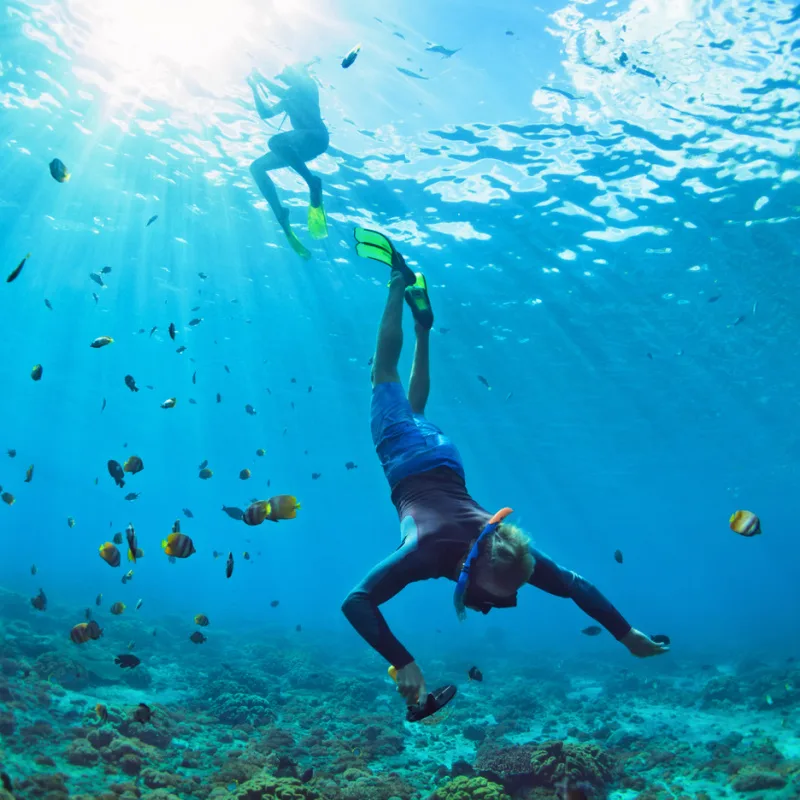
The project leader for the Coral Triangle Centre, Wirasanjaya, told local reporters ‘This fish lives in the deep sea, but every July it has emerged into the shallow sea and the most appearances are from August to September…that’s the attraction, besides that the shape and size are round, so they are called sunfish and also the size is quite large between 2 – 2.5 meters’.

According to Wirasanjaya, sunfish are a key point of interest for eco-tourists because of their unique behavior and rarity of sightings. Although sunfish can be found in waters around South East Asia, the shallows just off Nusa Penida are the only place where you can near guarantee a sighting in the right season.
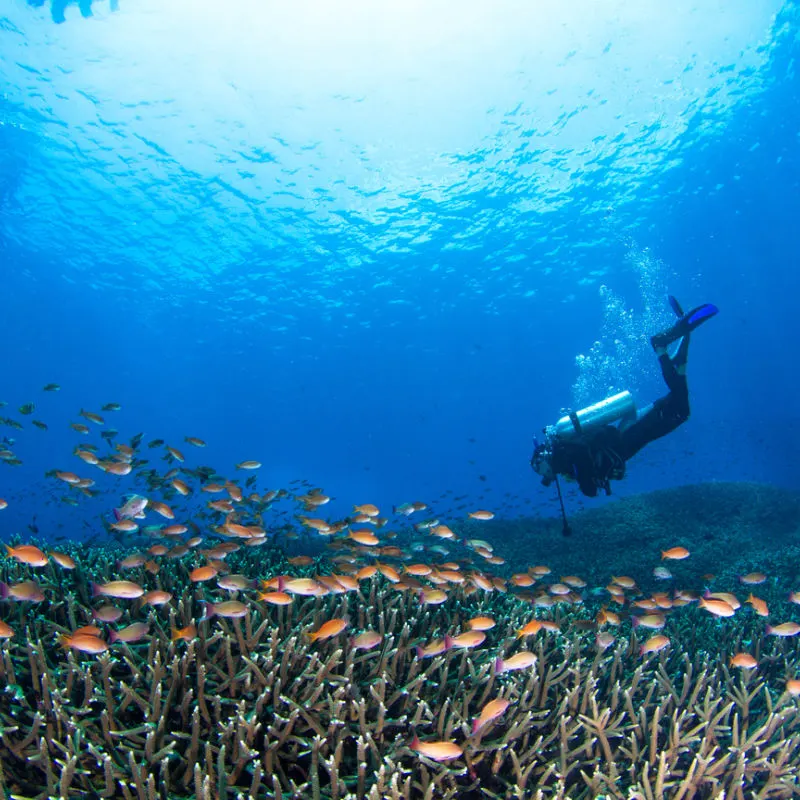
The sunfish travel to the shallow waters off Nusa Penida, out from the depths of the deep sea, because the shallows are full of food for them at this time of year. Wirasanjaya explained ‘Because there are many food sources, the sunfish goes up to shallow waters.
In addition, it goes to shallow waters to do cleaning, which is cleaning the body with the help of small fish’. Wirasanjaya has been studying population levels of sunfish since 2008, he believes the population is stable, and he has been trying to tag some of the fish to help study their behavior and to gather empirical evidence of their population numbers.

Wirasanjaya shared that the sunfish can be found in their four ‘favorite’ locations off Nusa Penida, these are Crystal Bay, Gamat Bay, Toya Pakeh, and Blue Corner. The Head of the Bali Water Conservation Area UPTD, Marine and Fisheries Service, Bali Province, Nengah Bagus Sugiarta, has announced updates to the diving and snorkeling code of conduct to help protect the marine life.
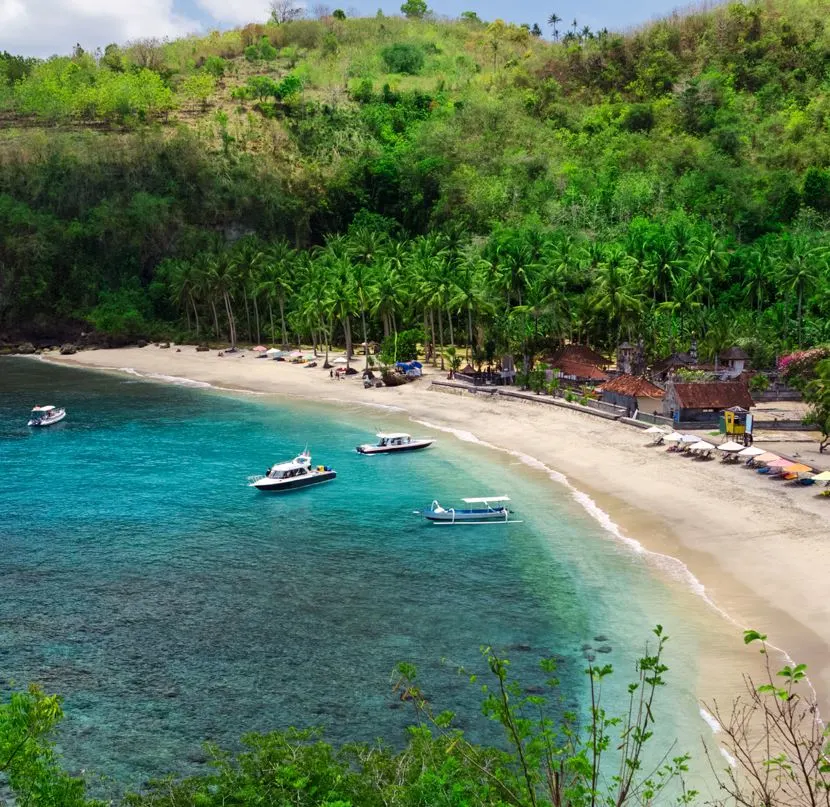
Sugiarta said that the updates include keeping a minimum of 5m distance from the fish, never touching the sunfish, and not hindering the sunfish’s swimming route. The rules include notes that divers should swim slowly when approaching the fish, do not swim under them, and to not interfere with the fish’s cleaning process.
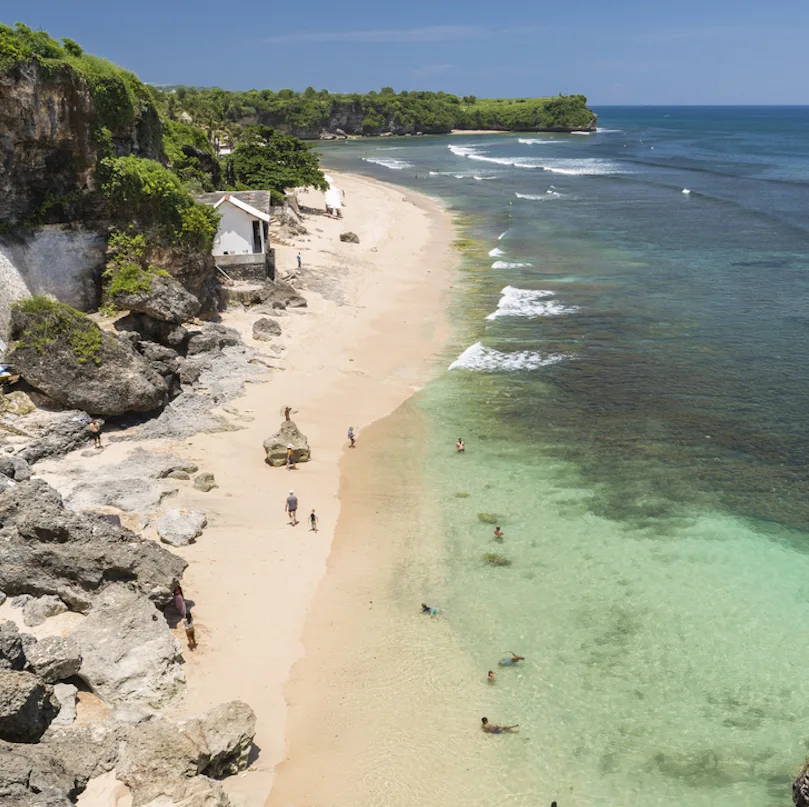
The conservationist further explained ‘Indeed there are activities that can create pressure on the appearance of sunfish, for example, tourism activities that are not environmentally friendly, such as getting too close and touching the sunfish’.
The code of ethics has been discussed with diving and tour operators in the area have been agreed upon. The code of ethics is a community-based conservation initiative that will be monitored by the community. ‘So far, we have carried out educational outreach to guides or operators. If there are violations, we return them to the community itself or to the divers, they correct each other’ said Sugiarta.
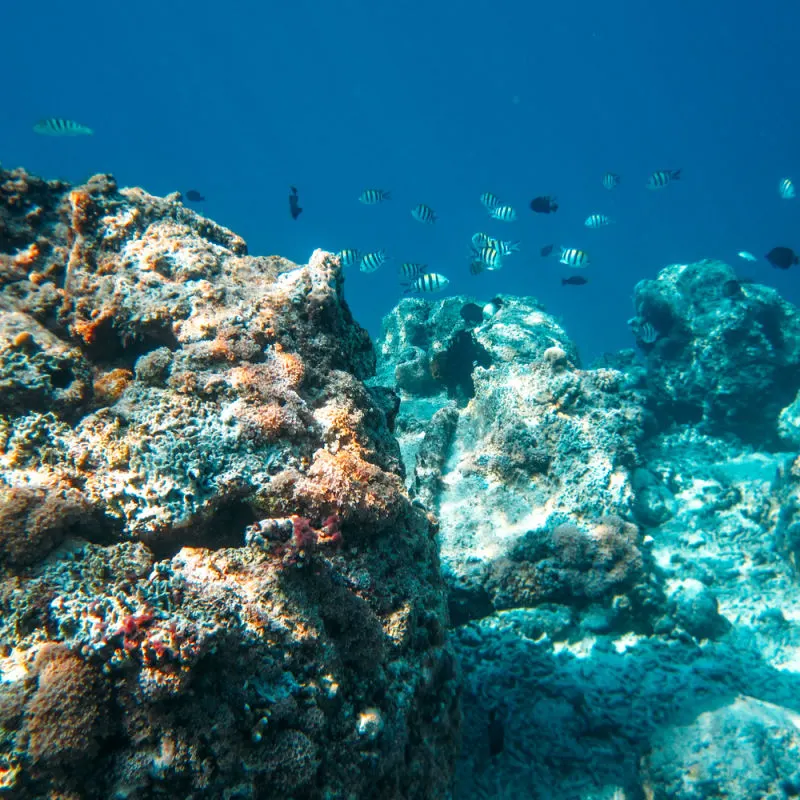
Many divers and snorkellers head to Nusa Penida, especially for the sunfish season. The ocean life off the coast of Nusa Penida is one of a kind. The area is also home to dozens of manta rays which tourists also have the opportunity to dive with throughout the year.
The code of ethics has been designed to protect not only the sunfish but all marine life in the area. The rules apply to the manta ray experience too. There are many diving schools in the Nusa Penida area where international visitors can get their PADI diving certifications and learn more about marine conservation.
Remove All Ads & Unlock All Articles… Sign up for The Bali Sun Premium

Plan Your Bali Holiday:
Book The Best English Speaking Drivers For Airport Transfers & Tours
Choose From Thousands of Bali Hotels, Resorts, and Hostels with Free Cancellation On Most Properties
Book Cheap Flights To Bali
Don’t Forget Travel Insurance That Covers Medical Expenses In Bali
For the latest Bali News & Debate Join our Facebook Community
SUBSCRIBE TO NEW POSTS
Enter your email address to subscribe to The Bali Sun’s latest breaking news, straight to your inbox.

Wayan Bo
Monday 15th of August 2022
Diving like staying in Bali, diving length depends on oxygen, staying length in Bali depends in most cases on funds tourist brought to Bali.
Ben
Monday 15th of August 2022
The no-touching argument seems valid, and also counts for manta ray, sea turtles and such: it's a health hazard to the animals.
Besides that they are by now very aware of people being in the water, and not that startled by divers or snorkelers as they usually pose no harm to them. Turtles and manta do not avoid people in any way, and i doubt sunfish would, unless people went spearfishing for them or something like that.